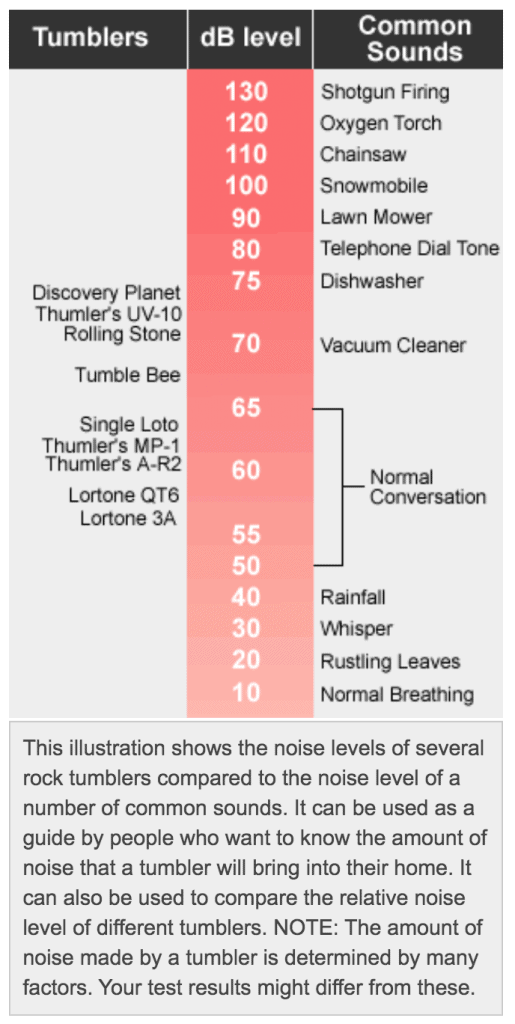If you’re familiar with our work and philosophy, you’ll know that we’re all about planning-stage noise mitigation measures vs/ so-called soundproofing… the latter almost worthy of MythBusters*. You’ll know BAP Acoustics gives no bandwidth to purveyors of noise-cancelling miracle materials and quick-fix solutions with no scientific basis. That said, there are ways—even in older homes—to enjoy noisy hobbies without inciting the wrath of your entire neighbourhood.
*In their 18-season run, the lads did not tackle the veracity of soundproofing, but in a 2013 episode titled Fright Night, they did answer the question “Can certain sound frequencies persuade people that an area is haunted?”
Whether you’re an architect or a budding musician anxiously wondering where to play that drum kit you couldn’t afford not to buy on eBay (ideally a neighbour-friendly electronic one), it’s worth noting that noise exposure—surely not the best way to broaden your neighbours’ horizons—can be reduced by eliminating the source of noise, substituting the source with a quieter one, applying engineering modifications, and using protective equipment.The best way to reduce exposure to noise is to engineer it out at the design stage. (Source: ccohs.ca)
Rock tumbling to tame stay-home tedium? Huh.
This blogger’s post ideas alight from all over the place, including nature and the (varying degrees of) great outdoors. Last summer, music and arts festivals inspired a piece on natural amphitheatres, while summer 2020—with its pandemic-driven dearth of anything resembling an event—brought quieter, simpler pleasures to the fore.

How can I get them to stay this colorful and shiny?
While visiting family in British Columbia’s Okanagan Valley (known for its bountiful orchards, world-class vineyards, and spectacular lakes), I rediscovered my lifelong delight in collecting pretty rocks. And, not for the first time, I experienced a tiny bit of that sad trombone (wuh wuh wuhhh) disappointment at the lack lustre effect of hot, dry air on previously wet rocks. Of course, I brought a few home anyway… and got to thinking about rock tumblers. How much do they cost? Where could I buy one? The one thing I recalled hearing about them is that they’re very noisy. I began to wonder, “How noisy, exactly?” What if I could find a relatively quiet one? Where to go from here?

OK, you’re cute, but even sad trombones make noise. Wuh-wuhh.
My first inclination? To do what I usually do before buying any new item worth more than a few bucks:
Homework.
If there’s anything working with BAP Acoustics has taught me, it’s the value of mitigating anticipated noise issues in the planning stages a project. So, I conducted a Google search for the seemingly oxymoronic term “quiet rock tumbler”.
Who’d have thought that this is actually—in the minimalist vernacular of today—”a thing”?
I don’t own a rock tumbler, so if I wanted to tumble my little treasures to their potentially lustrous glory, I’d consider buying one. A rock-collecting friend received one for Christmas some years ago and uses it all the time; it lives in his garage. However, when he’s in the garage with rocks a’tumble he wears industrial grade hearing protection.
This thing is loud. And I assumed all of them were, until my Google search yielded hits that gave me pause. Renowned geologist Hobart King loves rocks so much he launched an impressively comprehensive website dedicated to tumbling ’em. Having spent over 40 years studying the physical properties of rocks and minerals, King strikes me as a trustworthy source of expertise. Over 50 years ago, King’s father noticed his son’s fascination with rocks and gifted the boy his first tumbler one Christmas. King still owns it, and it’s in working condition.
Although RockTumbler.com is an e-commerce site, it does offer enthusiasts a wealth of articles and resources. King’s article How Much Noise Does a Tumbler Make? answers that question in detail. Using a digital sound level meter, King’s team tested several tumblers to measure and compare their noise levels. Their charts below illustrate results:


Key takeaway? Soft rubber barrel tumblers with quality motors are quiet; their inexpensive plastic counterparts tend to be very noisy. (A colleague of King’s tested one in his basement and could hear the noise in his second-floor bedroom.) Although RockTumbler only delivers the products it sells within the US, a decent selection can be found on Amazon.ca.
Although some tumblers do make “enough of a racket to rouse a small animal from the dead” according to one of the resident experts at hobbyhelp.com, “these are certainly the minority, and there are various precautions you can take to ensure your rock tumbling doesn’t anger your nearest and dearest.”
But I just picked one up at a yard sale!
Or maybe you’ve just remembered that childhood rock tumbler, still tucked away somewhere in your parents’ garage. In any case, what—if anything—can be done to shush an unacceptably noisy bucket of rocks?
I spent some time browsing through member posts on rock hobbyist forums and discovered that the question of how to silence a noisy rock tumbler arises often. Some of the advice offered seems worth exploring; people often suggest some variation on building a box or other enclosed structure and lining it with an insulative material. It quickly became apparent how complex an engineering task this could be, given that rock tumblers are motor-run, and motors tend to get hot… No need to add that kind of spark to an otherwise relaxing hobby.
A few people shared their own DIY stories of success in building tumbler homes allowing for both sound attenuation and heat ventilation. Whether or not any of these should come with the warning “Don’t try this at home” is the question I respectfully leave entirely to you, gentle reader. To paraphrase a retro sci-fi spaceship doctor, “Dammit, folks! I’m a blogger, not an HVAC engineer.”
In this members forum thread on rocktumblinghobby.com, the original poster comments “I have just sold my home and will soon be moving to an apartment (haven’t chosen it yet, but am leaning towards a particular one). Any advice on the ins and outs of tumbling in an apartment?” Four years later, the same poster—having presumably settled into his flat—appears ready to house a potentially noisy unit of fun. We hope one (or a hybrid) of your fellow enthusiasts’ suggestions in the thread worked out for you, dscratch!
How noisy are your hobbies? We’d love to hear (about) them on Facebook, Twitter, or LinkedIn!
If you’re dealing with a noisy neighbour—or worried that you might be a noisy neighbour—please contact us directly to discuss your situation; we’d be happy to help.




